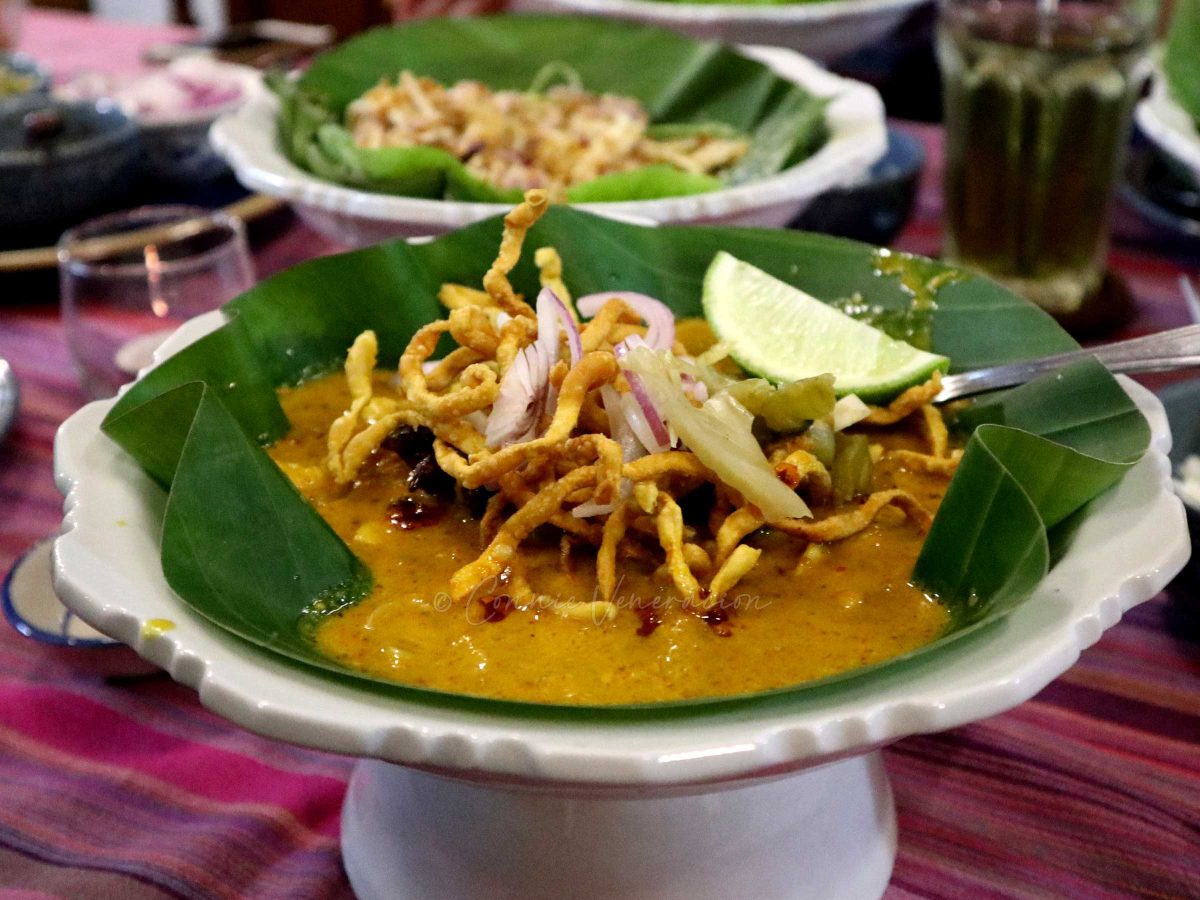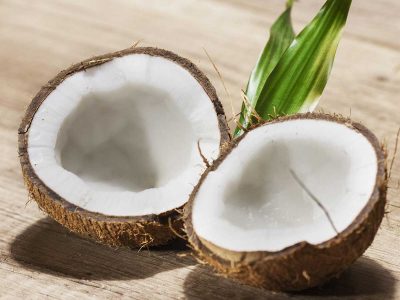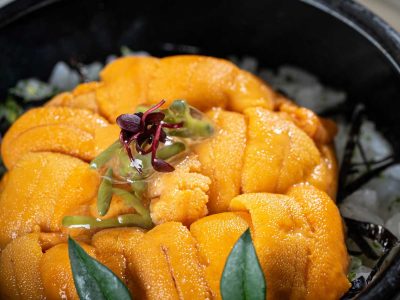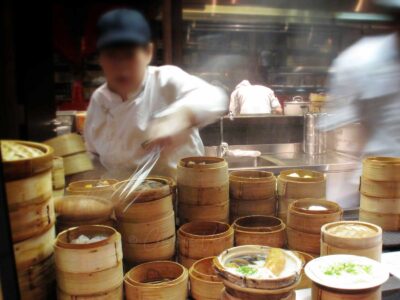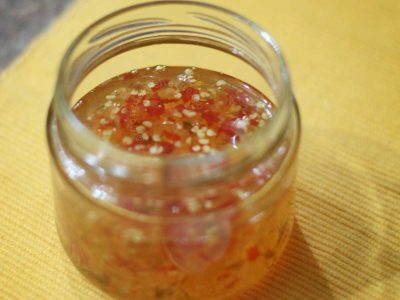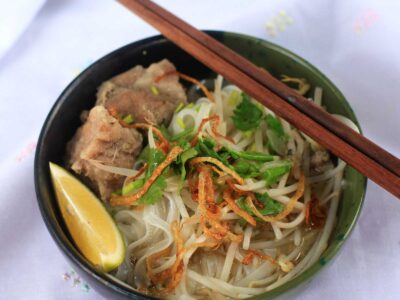Chiang Mai food tour. January, 2020. Somewhere between a market where we were introduced to traditional ingredients and a riverside restaurant where we were to have dinner, conversation in the songthaew was animated. Topics ranged from politics to religion to the legalization of cannabis, but it was inevitable, of course, that we’d return to the most important subject that night. Food.
The tour guide was explaining the key differences between the cuisines of northern, central and southern Thailand. Northern Thai food, she said, is a fusion of Chinese, South Asian and ethnic cooking traditions. Chinese migrants and traders brought noodles and stir-frying to Thailand while Indian settlers brought their native spices that got assimilated into Thai cooking.
I was surprised. As the only Southeast Asian country that was never colonized by the West, one would think of Thai cuisine as “pure” or, at least, more pure than the cuisines of its neighbors that had all been colonized at one point or another. Later that night, I would mull it in my head, over and over from different angles, until I fell asleep. I kept asking myself:Is there such a thing as “pure cuisine” today?
Fusion cuisine is both modern and ancient
Today, when we talk of fusion cuisine, we think in terms of food created by chefs who experiment by combining cooking techniques, culinary traditions and ingredients in new ways. You know, like Korean bulgogi taco. Or that taco from Episode 21 of Season 7 of The Big Bang Theory when Sheldon and Penny ate at an Asian fusion restaurant and Sheldon makes a strange sound.
Penny: What’s wrong?
Sheldon: I don’t understand my food. Chinese noodles with Korean barbecue in a taco.
Penny: It’s fusion.
Sheldon: My mother would lock her car doors if she had to drive through this hodgepodge of ethnicity.
Those are what we imagine when someone says “fuision cuisine”. But, the truth is, while the term “fuision cuisine” did not exist prior to the 1970s, what it is, in essence yet nameless, has been around for a long, long time.
The spice trade
Malaysian cuisine, it is claimed, is the world’s first fusion cuisine born from migration and trade with Chinese and Indians. Is it?
If we think of the spice trade and how it influenced cooking in Asia, Europe, Africa and the Americas, then fusion cuisines have been around for thousands of years and it is simply impossible to pinpoint which region was first to be so heavily influenced by the introduction of foreign ingredients that led to the development of the first fusion cuisine.
Of course, it isn’t just trade that is responsible for fusion cuisines.
Colonization
The triumverate of colonization, trade and migration is responsible for the development of fusion cuisines in many parts of the world including the Philippines.
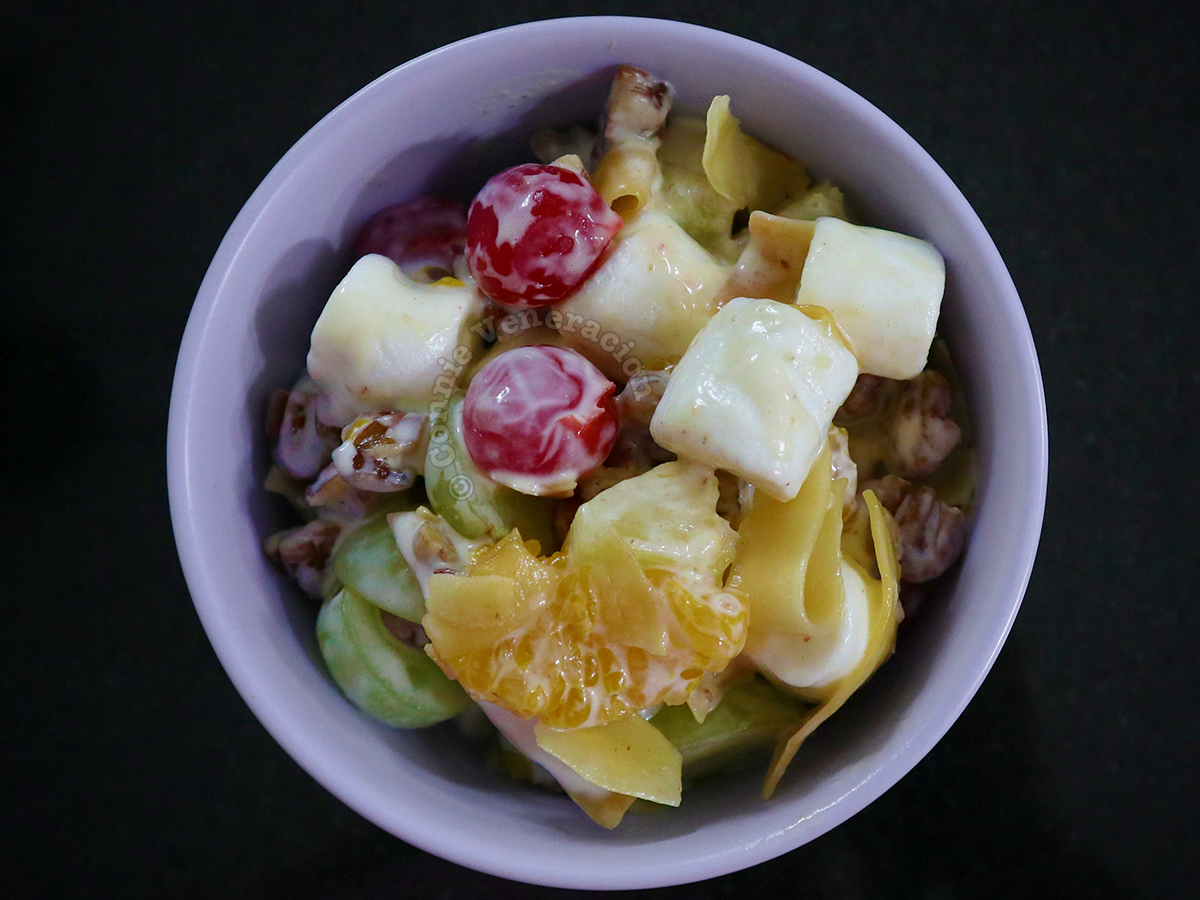
Filipino food, as we know it today, is a combination of all three. Spain brought its tomato-based stews, among others, and America got the Filipinosgoing gaga over canned fruit. We were trading with the Chinese before were colonized by Spain and America, and there were Chinese and Malays settlers in pre-colonial times. And then there’s the Mexican influence courtesy of the Manila galleon trade.
Migration
Fusion cuisine can also be born as a result of adaptation as when migrants, transported from their homelands, try to recreate their traditional dishes using the produce oftheir adopted land. Chinese food in America, for instance, is not traditional Chinese at all. It is Chinese American developed by Chinese migrants by way of adaptation.
Slavery — which amounts to forced and brutal migration — is one of the factors that gave birth to Creole cuisine in Louisiana.
“National” dishes that are, in fact, fusion food
Ramen is a fusion dish
Oh, you’re shocked. But it is true. Although the Italians like to say they invented the noodle, it isn’t so. Marco Polo brought noodles to Italy from China where it originated and spread to other Asian countries including Japan.
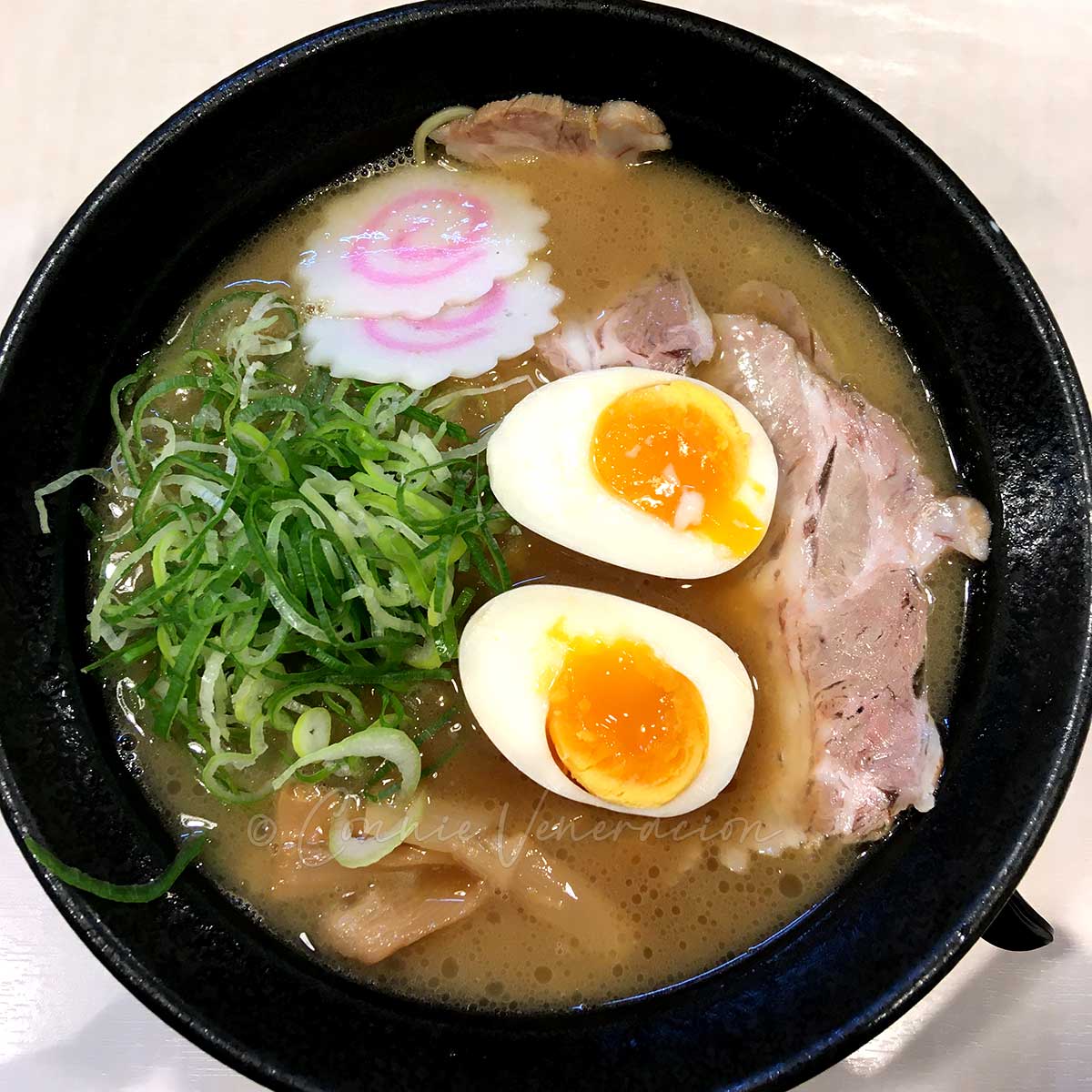
There are at least two versions of how Chinese noodles and noodle soup arrived in Japan.
Via Taiwan
China and Japan have a long intertwined history. China had a more advanced culture and a more powerful military, Japan was trying to learn from the Chinese and emulate them but there came a time when Japan felt strong enough to go to war with China. They fought over Korea.
To make a long story short, Japan defeated China, and China ceded Taiwan to Japan in 1895. At that time, Taiwan was already populated by plenty of Chinese laborers from the mainland who had been brought over by the Dutch East India Company and settled in the island. So, you can imagine what the Japanese invaders found when they occupied Taiwan. Chinese food was already all over. The Japanese — soldiers, bureaucrats and businessmen — traveling back and forth between Taiwan and Japan eventually brought with them the Chinese noodle soup culture.
In 1910, two Chinese cooks at Tokyo’s Rairaken restaurant introduced a signature dish with salty broth and noodles. They called it Shina Soba.
Shina was for China, of course. Soba was a buckwheat noodle that was a staple of the Japanese diet. These cooks kneaded their dough withkansui, a bubbly mineral water, which made for a new kind of noodle – longer, yellower and more elastic. Shina Soba caught on like gangbusters.
“Discomfort Food: The Strange and Twisted History of Ramen Noodles” in Mental Floss
Shina soba was later renamed Chuka soba. It would not be known as ramen until Momofuku Ando sold the first instant noodle called Chikin Ramen.
Via Chinese migrants in Hakodate
According to a recently broadcast episode of Ramen Japan, noodle soup has been in Japan since 1884 as evidenced by a newspaper advertisement for “Nanking noodles”. That would be 11 years before Taiwan was ceded to Japan and 26 years before Rairaken’s Shina Soba.
Beef Pho and banh mi are fusion food too
China had been trading with most of Asia for ages and, even before the French occupied Vietnam, noodle soups were already consumed there. But what we know today as beef pho would never have happened were it not for two things.
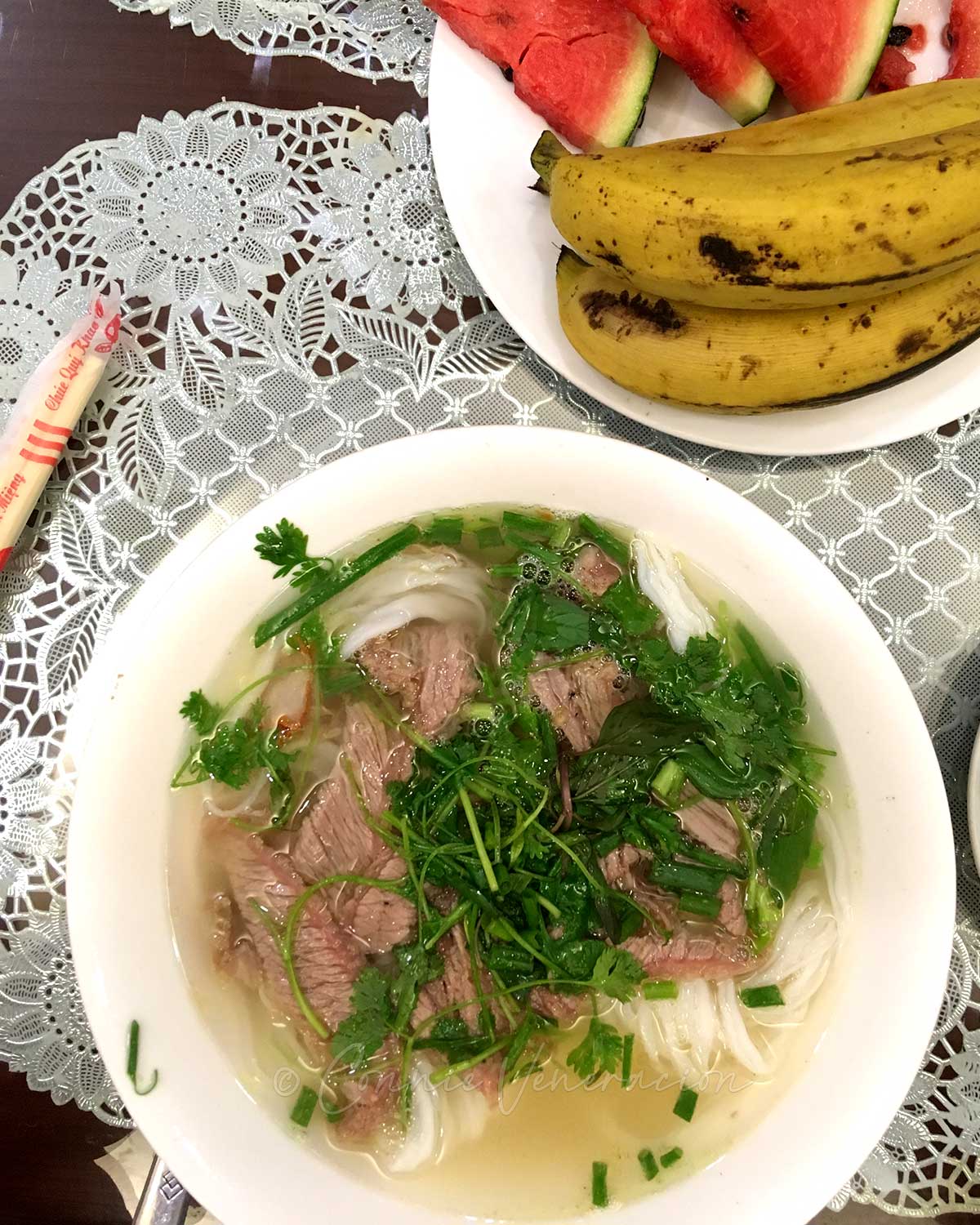
First, the beef-loving French preferred to eat the prime cuts and discard the rest which enterprising butchers sold on discount.
Second, noodle soup hawkers, mostly Chinese settlers, traded water buffalo meat for beef scraps.
As Andrea Nguyen puts it, “What’s clear is that pho was created from cultures rubbing shoulders.”
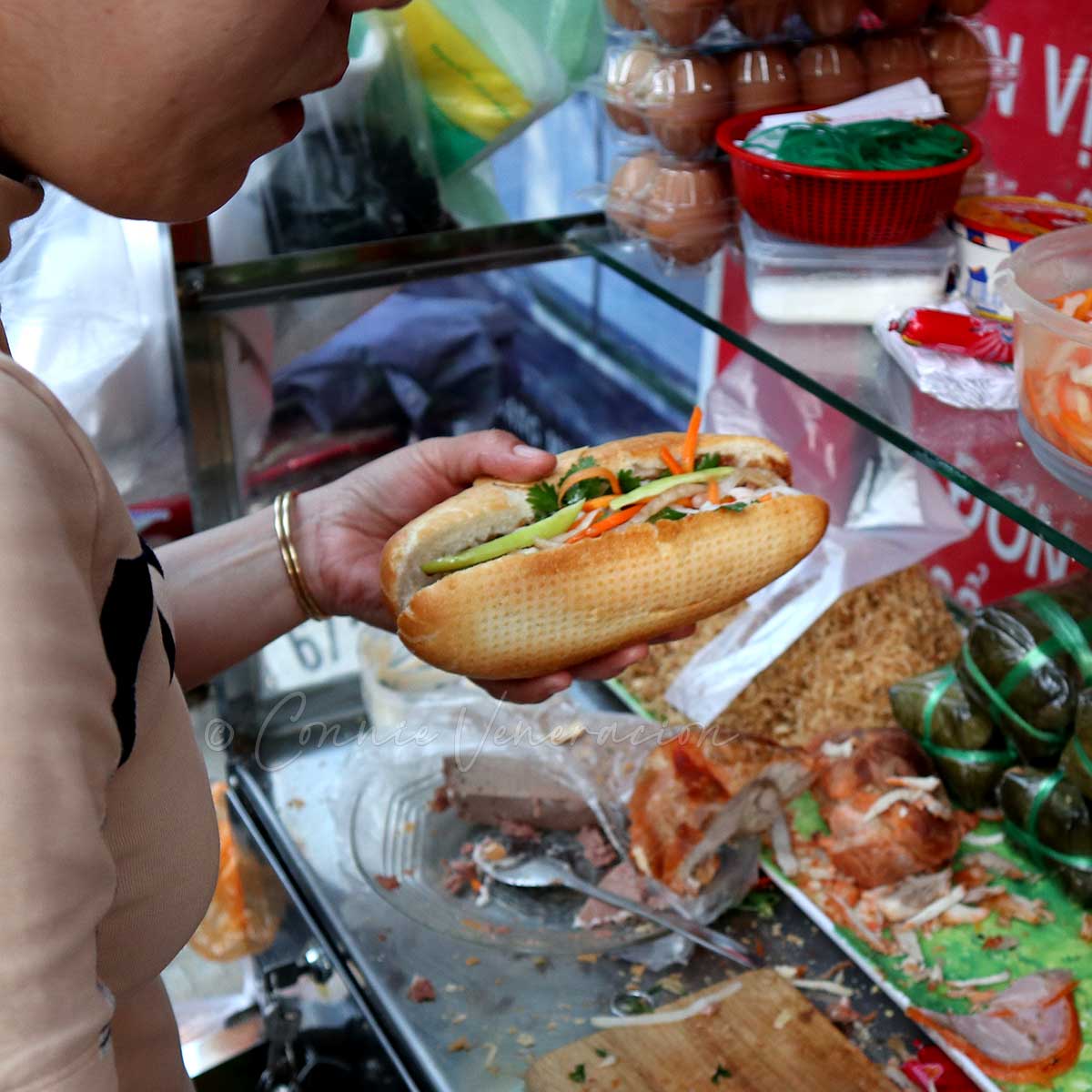
And then, there’s banh mi — that quintessential Vietnamese snack and comfort food filled with herbs and seasonings that are unmistakably Vietnamese. And yet, the bread is a smaller version of the French baguette. And, inside the bread are meat pate and mayonnaise both of which bear the signature of the French.
How can anyone argue that banh mi is not a fusion dish?
Is there such a thing as “pure cuisine” today?
I suppose the best way to answer that question is to ask if there is any human community today that has never had any lasting or meaningful interaction with outsiders.
I’m thinking of the Uncontacted Peoples – including the Sentinelese in India, the Toromona in Bolivia, and the “butterfly people”, Kawahiva and Korubu in Brazil — and wondering if they are the only ones who can rightfully claim to have pure cuisines.

